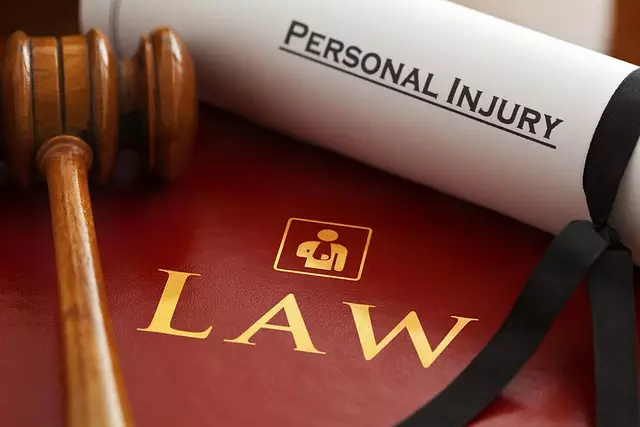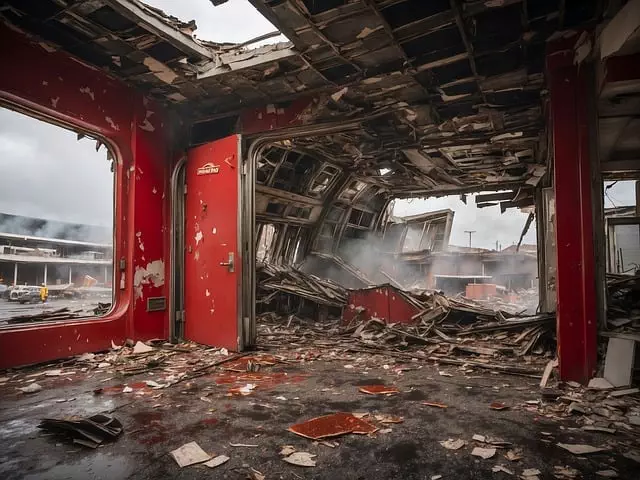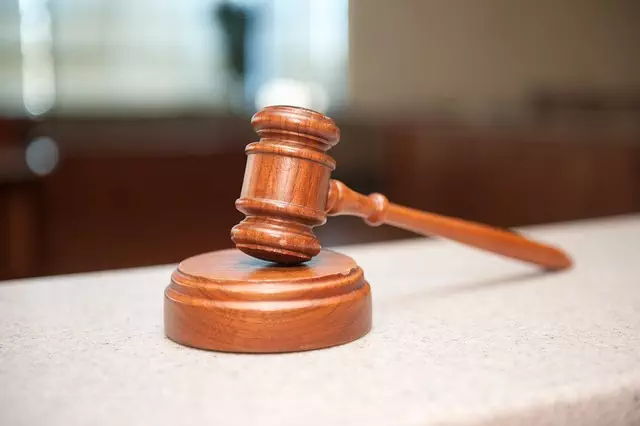Cyclists in Manhattan and The Bronx, New York, have equal rights and responsibilities on the road as motor vehicle drivers, but they face heightened risks at construction sites due to dense traffic and unique hazards. To enhance safety, The Bronx has implemented dedicated bike lanes, improved infrastructure, and community engagement programs, setting a standard for urban areas. Construction sites in The Bronx are required by law to allow safe passage for bicycles, but cyclists must exercise caution, follow signage, and collaborate with workers and drivers. Proactive measures like wearing reflective clothing, obeying cycling laws, practicing defensive riding, and regular bike maintenance are crucial to prevent accidents, particularly construction site falls, ensuring the safety of New York City's vibrant cycling community.
In Manhattan, cyclists face unique challenges navigating bustling urban environments, especially in light of increasing construction sites. Understanding cyclist rights and hazards is crucial for both riders and contractors. This article delves into the legal framework surrounding cyclist rights, focusing on common dangers at construction sites, and examining innovative approaches taken by The Bronx to promote safe cycling routes. We also explore case studies of construction site falls and offer proactive safety tips for cyclists navigating these urban challenges, highlighting the importance of preventing accidents like those related to construction sites in Manhattan.
- Understanding Cyclist Rights in Manhattan: A Legal Perspective
- Common Hazards Faced by Cyclists in Construction Sites
- The Bronx's Approach to Ensuring Safe Cycling Routes
- Case Studies: Construction Site Falls and Their Impact on Cyclists
- Proactive Measures: Safety Tips for Cyclists Navigating Urban Environments
Understanding Cyclist Rights in Manhattan: A Legal Perspective

In Manhattan, cyclists have specific rights and protections under the law. It’s crucial to understand these laws to ensure safe navigation on city streets. Cyclists have the same rights as motor vehicle drivers, meaning they can take up the entire lane if necessary, make turns, and follow all traffic signals and signs. This includes stop signs, red lights, and yield signs, just like any other vehicle. However, cyclists are also subject to certain regulations, such as wearing a helmet and adhering to local bike lanes when available.
When it comes to construction sites in Manhattan, especially in areas like The Bronx, cyclist safety becomes even more critical. According to New York State law, construction sites must ensure that bicycles are allowed access and that safe passage is provided. If a construction site fails to maintain proper safety measures, it could lead to accidents, with potential legal repercussions for the site’s operators. Cyclists should exercise caution when approaching or navigating around construction areas, adhering to posted signage and working collaboratively with both construction workers and other drivers to ensure everyone’s safety on Manhattan’s bustling streets.
Common Hazards Faced by Cyclists in Construction Sites

Cyclists navigating construction sites in Manhattan face unique challenges, particularly in areas like The Bronx where traffic density is high and spaces are limited. Common hazards include narrow passageways, heavy machinery, and uneven terrain, significantly increasing the risk of accidents, including falls. Construction site falls pose significant threats to cyclists’ safety due to the potential for severe injuries from colliding with obstacles or being run over by vehicles.
The dynamic nature of construction zones demands extra vigilance from both workers and cyclists. Cyclists must constantly assess their surroundings, predict movements of heavy equipment, and maintain a safe distance from active work areas. Failure to do so can lead to catastrophic consequences, emphasizing the need for clear signage, designated cycling routes, and strict adherence to safety protocols at these sites.
The Bronx's Approach to Ensuring Safe Cycling Routes

The Bronx takes a proactive approach to ensuring safe cycling routes, particularly in light of construction site falls, which pose significant risks to cyclists. The borough has implemented several measures to protect and facilitate bicycle traffic. One key strategy is the creation of dedicated bike lanes and paths, separated from vehicular traffic, which significantly reduces the chances of accidents. Additionally, the Bronx has been investing in infrastructure that includes well-lit streets, clear signage, and improved road surfaces, all of which contribute to a safer cycling environment.
These initiatives are further bolstered by community engagement programs that educate both cyclists and drivers about shared road usage. The Bronx’s focus on these safety aspects not only encourages more residents to choose bicycles for daily commuting but also enhances the overall experience for those who do. By prioritizing cyclist safety, the Bronx sets an example for other urban areas, demonstrating a commitment to making cycling a viable and secure mode of transportation.
Case Studies: Construction Site Falls and Their Impact on Cyclists

In recent years, there has been a growing concern about cyclist safety in Manhattan, with a significant focus on construction sites. The bustling streets and rapidly expanding infrastructure of New York City present unique challenges for cyclists, especially when construction projects are involved. Case studies from areas like The Bronx highlight the impact of construction site falls, which can have severe consequences. These incidents often result in injuries ranging from minor scrapes to serious fractures, emphasizing the need for better safety measures.
Construction sites, with their heavy machinery and shifting terrain, pose risks that are not immediately apparent to passing cyclists. In The Bronx, several high-profile cases have drawn attention to this issue. Cyclists navigating through construction zones face the danger of falling from elevated paths or colliding with equipment not properly secured. Such accidents not only cause physical harm but also disrupt the overall cycling experience, deterring potential riders and disrupting the city’s vibrant cycling community.
Proactive Measures: Safety Tips for Cyclists Navigating Urban Environments

Navigating urban environments, especially in bustling cities like Manhattan, requires extra vigilance for cyclists to ensure their safety. Proactive measures are essential to avoid accidents, particularly around construction sites and in areas with heavy traffic, such as The Bronx. Cyclists should always be aware of their surroundings, using all senses to observe potential hazards. Wearing reflective clothing, especially during early morning or late evening hours, can make you more visible to drivers.
Additionally, learning and following local cycling laws is crucial. Obeying traffic signals, staying on designated bike lanes, and signaling your intentions clearly can prevent conflicts with motorists. Cyclists should also practice defensive riding, anticipating potential risks like doors opening from parked cars or sudden turns by other vehicles. Regularly maintaining your bicycle to ensure brakes, tires, and gears are in optimal condition is another safety tip that can help prevent accidents and reduce the impact of unexpected obstacles, even in chaotic urban settings like construction sites in The Bronx.
In Manhattan, understanding cyclist rights and navigating urban environments safely is paramount. While construction sites pose significant hazards, proactive measures can mitigate risks. The Bronx’s commitment to safe cycling routes serves as a model for ensuring sustainable transportation options. By learning from case studies of construction site falls and adopting safety tips, cyclists can confidently navigate the city while advocating for improved infrastructure that prioritizes their well-being, ultimately enhancing the overall biking experience in Manhattan and beyond, including The Bronx’s inspiring initiatives.
